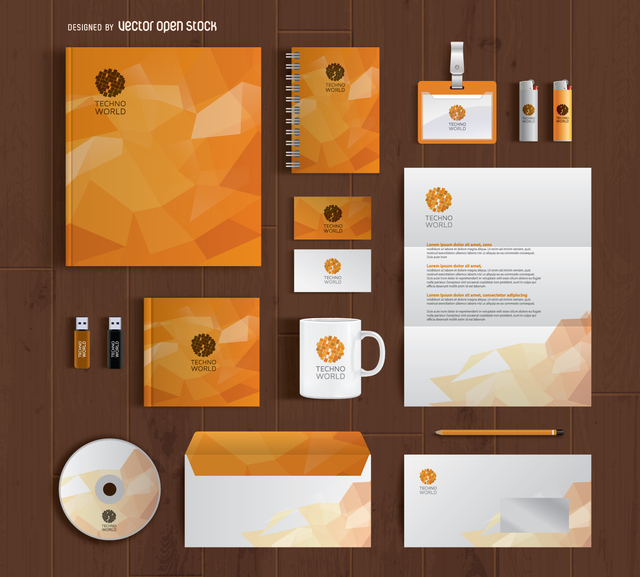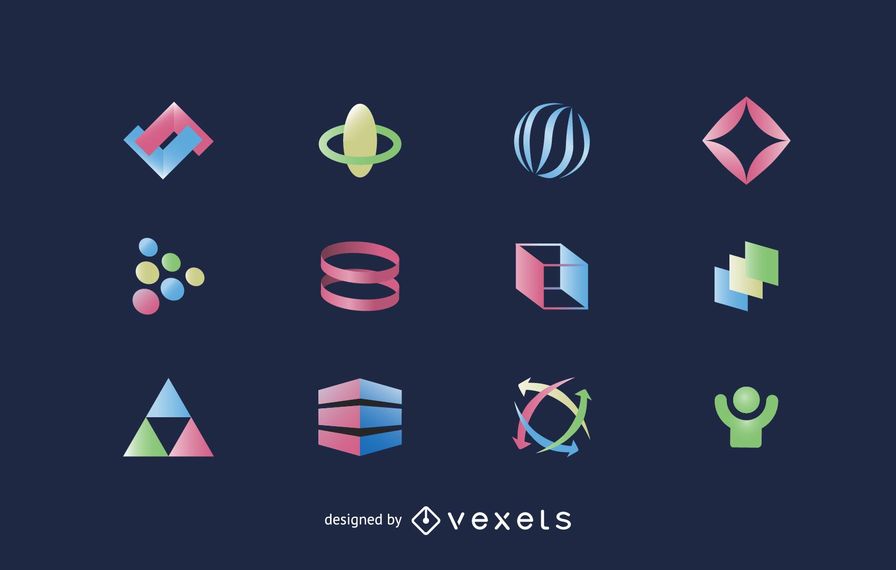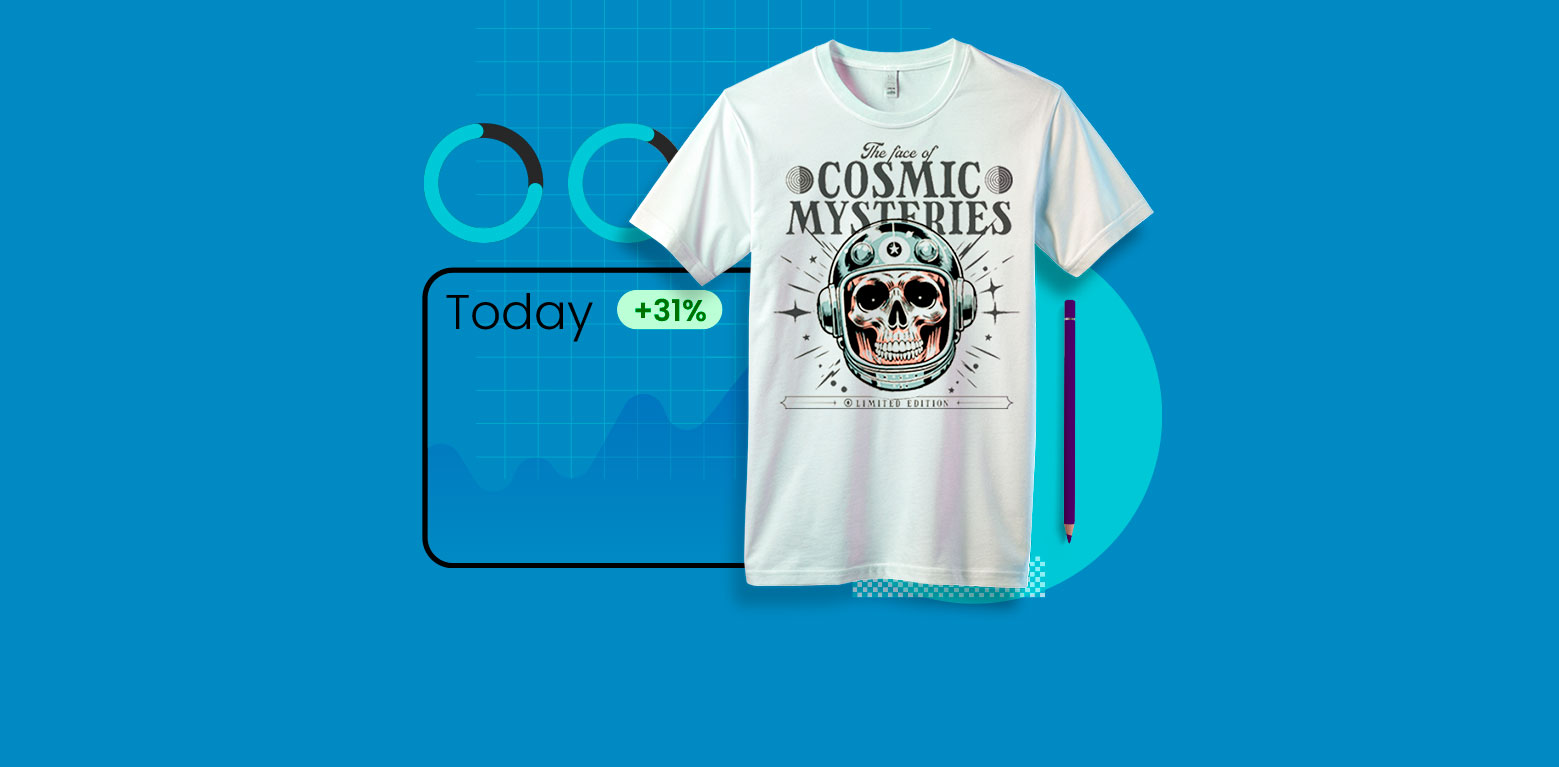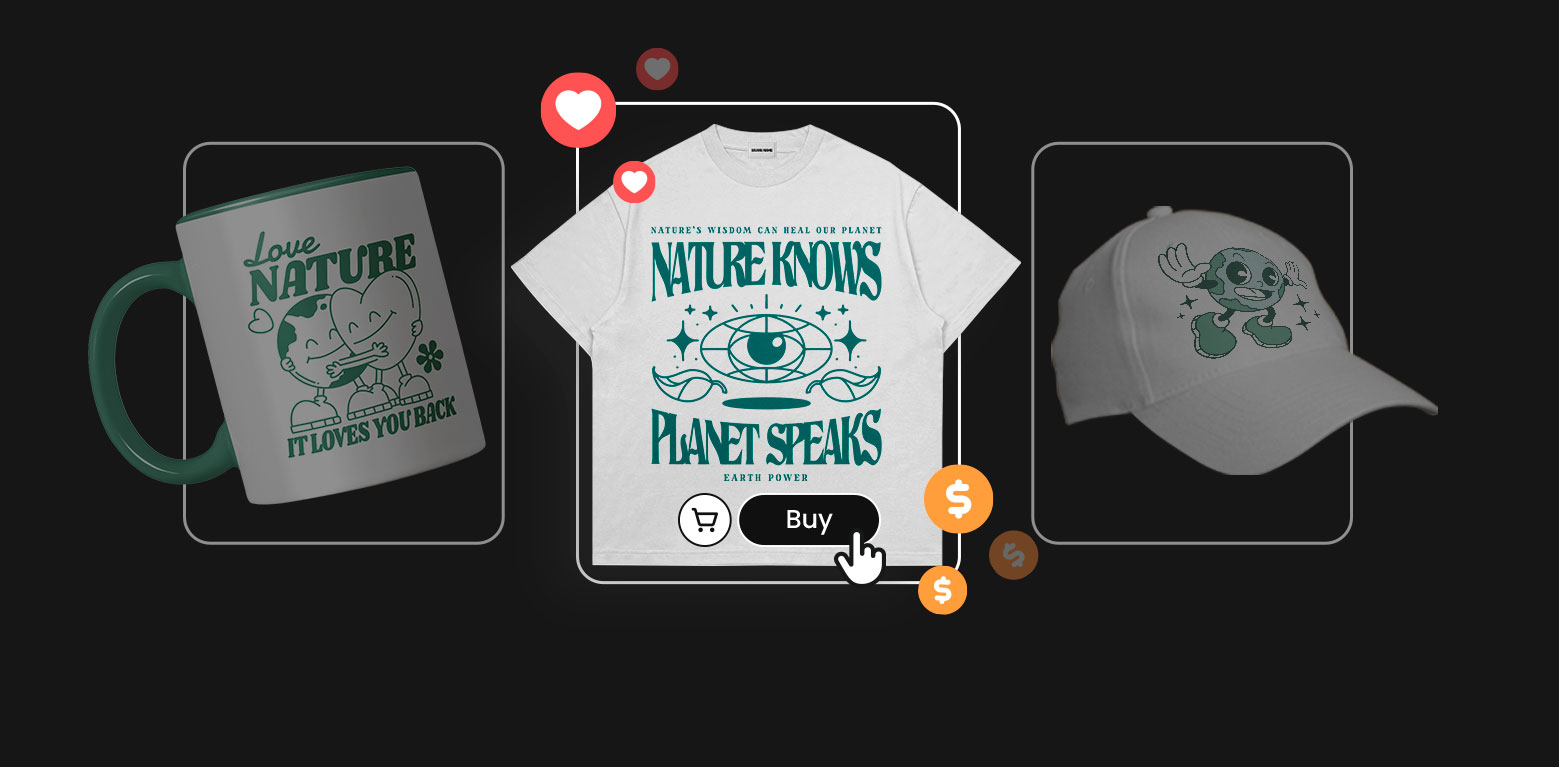Guest post by Raul Harman
Graphic design is an inseparable aspect of any solid online branding strategy. It gives online businesses the opportunity to build a memorable brand presence, create banner ads for advertising, increase people’s awareness of their brand, and present their content in an engaging and original way.
For graphic designers, entering the digital marketing industry is a lucrative, but extremely challenging move. As online marketing is changing at an astounding pace, you need to keep pace with the latest trends and implement them fast to keep your clients satisfied. Most importantly, you need to learn to adapt and tune your designs and creativity to specific client’s needs.
Here are a few tips that may help you.
Understanding a Client is Key to Building a Memorable Brand
As a graphic designer, your goal is to help a client build a recognizable and memorable brand image across multiple channels. To do so, you first need to get to know your client, understand their market, and use that information to depict brand personality through visuals.
Think of your graphic design ideas this way. You cannot paint a portrait without one’s photo or write a historical novel without doing research. Similarly, you cannot build a strong branding design strategy if you don’t understand a client’s business values and personality.
Talk to Your Clients
The first thing you should do is schedule an in-person meeting with a client and have a nice, long conversation with them.
Ask them about their marketing efforts- what kind of content they create and what emotions they want to evoke in their target audience. Above all, talk to them about their target customers and their brand identity. Is there anything that makes them special? What kind of personality do they want to build using visuals? Do they want to establish a bold and youthful brand that appeals to Millennials or maybe an authoritative online personality that resonates with industry professionals?
Still, keep in mind that many businesses don’t understand how graphic design works. Chances are they will come to you unprepared, expecting you to read their minds and create an awesome visual representation of their brand. Talk to them about the importance of psychology in design and how important their business uniqueness is for creating a memorable brand.
![]()
Do Market Research
When the client’s brand personality seems clear and you set branding goals, it’s time to do market research. It helps you understand the specific market trends and peculiarities that may impact a client’s branding success.
For starters, research a client’s major competitors to understand what tactics work or don’t work for them. This is one of the most effective ways to understand what kinds of logos, images, or resonate with a client’s target audience and focus on them.
It’s important to understand that graphic design is not always about art or personal preferences. To align your creative thinking with a client’s needs and their target market’s expectations.
Most importantly, whether you’re building a full-out rebranding strategy for a client or you’re helping them establish an online presence from scratch, you need to test your tactics continually. Be sure you provide them with multiple design solutions and choose the one that works based on the audience’s reactions.
Design with SEO in Mind
There is a common misconception among graphic designers that SEO and design have nothing in common.
That’s not true for a simple reason.
Namely, SEO is not all about keywords and backlinks. This is perfectly explained by the New York-based SEO company, Four Dots, in their recent infographic. They claim that, in addition to solid keyword research and link building, brands can also gain new visitors through the intuitive website design, high-quality content, target audience segmentation, flawless customer support, and killer social media campaigns.
And, that’s exactly where SEO and graphic design collide.
For starters, the collaboration between content developers and graphic designers is key to achieving consistency in blogging. Once they create exceptional blog posts, content developers need to familiarize graphic designers with the purposes of the content and its target readers. They should explain what kind of visuals they want to insert, where they will add them, and what brand message they want to send.
The same goes for creating visual forms of content, such as infographics or charts. For example, when creating infographics, don’t go into details. Instead, focus on a few key points and separate them with subheadings. This way, you will make them easily loadable and visually appealing on all devices.
You should also work with an SEO team on optimizing visuals for search engines. Remember that, in today’s mobile-first era, online searchers expect to get holistic user experiences. This means that you need to choose the right formats and create responsive visual content that loads fast and looks and feels the same, irrespective of users’ devices.
You should optimize social media, too. Different social media platforms require different image sizes. For example, the preferred size for a vertical event image or post image should be 1920px x 1080px. A LinkedIn banner image should be 1584px x 396px, while Twitter header image should be about 1500px x 500px. In addition to some traditional forms of content, you should also create infographics, quote graphics, visually appealing data and statistics, and event graphics.
Finally, optimize email newsletters wisely. To engage recipients and inspire them to visit a client’s website, spice things up. For example, add movement to newsletters by using animations or gifs. You should also add layers and patterns to your newsletter to make the text stick out.
Create a Consistent Brand Image across Multiple Channels
When it comes to building an authentic and recognizable brand image, it’s all about consistency.
Just think about that for a second.
No matter if you’re buying your favorite coffee or ice cream, you will be able to spot them right away. Everything detail in packaging and design, from a logo to colors, sticks in consumers’ brains and impacts their purchasing decisions.
The same goes for online branding.
Your goal as a graphic designer is to collect the above mentioned information and create detailed brand guidelines based on them.
Just like their mere name says, brand guidelines determine the creation, design, and general look and feel of a client’s brand online. They dictate the use of logos, website content, social media content, visuals in paid ads, making sure that the branding efforts remain cohesive across all these channels.
Pay attention to numerous factors that may impact your visual content creation. For example, buyer personas dictate what kind of visual content you will create, what colors and fonts you will use, and how you will use filters and branding assets on social media. The corporate mission statement is also important, as it ensures that every piece of visual content you create works towards the same goal of your client.
Here are a few crucial elements you should include in your brand guidelines:
- A logo is probably the most significant branding element.
If I say Apple, Nike, or Starbucks, probably the first thing that comes to your mind is their logo, right? Precisely because of that, your style guide should determine how exactly a client’s logo will be used in different forms of content you create. When creating a logo for a client, make sure it aligns with their brand and values. Pay special attention to the colors you use and keep the aesthetics simple and effective. Logo needs to be memorable and, above all, consistent. By using a style guide to define the ideal logo proportions, the white space around a logo, and its color variants, you will prevent some common mistakes like logo stretching or realigning.
- Color palette. Just like its mere name says, a color palette represents a group of colors used in branding design. Whether complex or simple, the use of colors in branding shouldn’t deviate across multiple online channels or pieces of content. Once you choose a perfect color palette, you should use it across all marketing channels and branding elements including its logo, typography, social media content, email newsletters, blog posts, website visuals, and so forth. Free and commercial logo designs you can find on Vexels serve as a perfect example of how playing around one shade or combining several complementary colors can give your logo design a boost.
- Typography is another critical visual aspect of a brand style guide. And, it goes far beyond fonts used in your logo. Typography needs to be aligned consistently with each piece of online content you publish, from the website copy to social networks.
- Imagery plays a fundamental role in digital marketing. It breaks long chunks of text into smaller, easily digestible sections and gives you the opportunity to present lots of boring data in an engaging way. Visuals are also an immensely important element of social media marketing, as well as email marketing. They engage users, bring value to them, and help you convert them into customers. And, with the help of a detailed brand style guide, you will be able to contextualize your visual elements and use them consistently across all channels, determining the exact use of image sizes, formats, filters, colors, and the overall appeal and messaging.
Conclusions
Graphic design and digital marketing go hand in hand. By combining effective online marketing channels with powerful, user-centric visuals, businesses can build a solid brand image and expand their online following.
This is exactly what graphic designers need to keep in mind when creating the digital marketing industry.
First, there is no one-size-fits-all strategy for your clients. Talk to them and try to understand their goals. Do thorough market research to align your client’s visual branding efforts with the target market’s trends.
Second, consider SEO when creating visual content for clients. Think about how it loads and looks across multiple channels in order to increase user satisfaction and improve website engagement and conversions.
Finally, create strong brand guidelines and stick to them in order to increase brand consistency.
Hope this helps!






